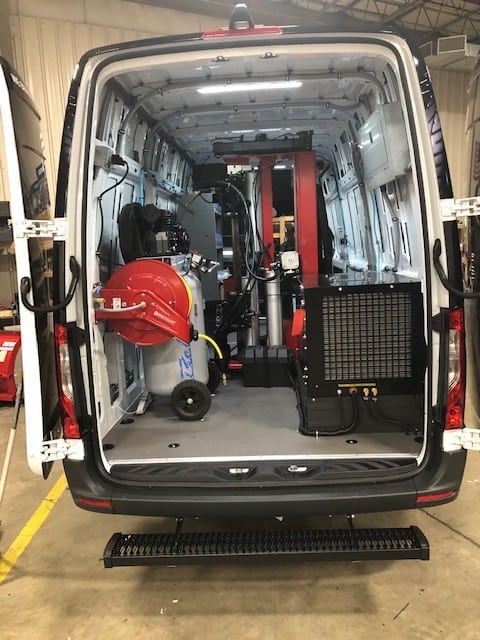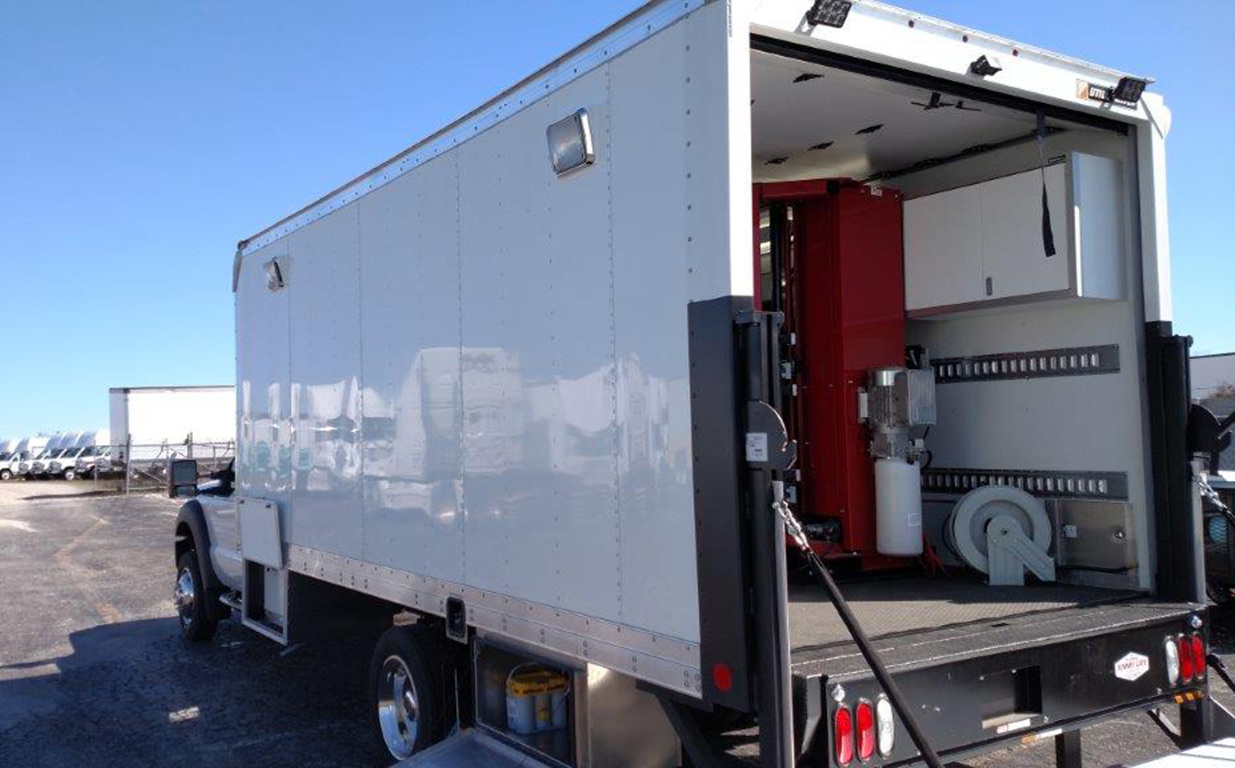Costs Mobile Tire Replacement Las Vegas - High Quality Ensured
Costs Mobile Tire Replacement Las Vegas - High Quality Ensured
Blog Article
Tire Service: Proven Approaches for Ideal Tire Maintenance and Treatment
Preserving optimal tire problem is vital for both security and performance of any type of vehicle. From ensuring appropriate tire pressure to normal rotation and alignment, there are tried and tested techniques that can significantly expand the life expectancy of your tires and enhance total driving experience. As we check out the intricacies of tire treatment and maintenance, we will certainly discover important standards that every lorry owner should stick to for the very best possible outcomes. Allow's look into the globe of tire solution and uncover the keys to maintaining your tires in first-class form for the lengthy haul.
Importance of Tire Pressure
Proper tire pressure is an important variable in ensuring optimal vehicle performance and safety when driving. Maintaining the suggested tire pressure levels supplied by the maker uses countless advantages. Ample tire stress promotes much better fuel efficiency, as under-inflated tires can lead to raised rolling resistance, triggering the engine to function tougher and take in even more fuel. Secondly, right tire pressure makes certain also step wear, improving tire durability and saving cash in the future by delaying the requirement for early replacements. Furthermore, correctly blew up tires add to enhanced handling and stopping abilities, important for safe driving in numerous roadway conditions. Over-inflated tires, on the various other hand, can lead to reduced grip and a harsher ride. Alternatively, under-inflated tires are susceptible to getting too hot, which can result in blowouts and accidents. Regularly examining and adjusting tire stress, especially eventually trips, is a simple yet reliable method to boost car efficiency, extend tire life-span, and prioritize security when traveling.
Tire Turning Guidelines
When thinking about tire turning standards, it is necessary to understand the importance of this maintenance task in maximizing tire lifespan and maintaining optimal vehicle performance. Tire rotation includes changing the position of each tire on a car to guarantee even tread wear. Front tires tend to wear faster than rear tires due to guiding pressures, making routine rotation important for balanced wear patterns. The recommended turning pattern varies depending upon whether a car is front-wheel, rear-wheel, all-wheel, or four-wheel drive. Generally, tires should be rotated every 5,000 to 7,500 miles, or as suggested in the lorry handbook. Overlooking tire rotation can lead to irregular wear, influencing handling, grip, and potentially compromising car safety. By sticking to appropriate rotation standards, chauffeurs can extend the life of their tires, boost gas effectiveness, and enhance total driving experience. Routine rotation is a straightforward yet efficient maintenance technique that contributes significantly to tire long life and car efficiency.

Advantages of Wheel Alignment
Ensuring appropriate wheel positioning after tire rotation is critical for maintaining balanced wear patterns and making best use of vehicle performance. Wheel positioning describes the change of the angles of the wheels to the manufacturer's specs. Among the vital advantages of wheel alignment is enhanced taking care of and guiding reaction. When the wheels are appropriately lined up, it lowers guiding initiative, ensuring a smoother and extra controlled driving experience. Additionally, correct wheel alignment helps to extend the life expectancy of your tires. Misaligned wheels can trigger unequal tire wear, causing early tire substitute and boosted upkeep prices.

Tire Footstep Deepness Check
Doing a normal inspection of tire walk deepness is essential for preserving risk-free driving problems and lengthening the lifespan of your tires. The walk on your tires plays a critical role in supplying grip, specifically in wet or slippery conditions. To inspect your tire walk deepness, you can make use of a step deepness scale or the dime test. The recommended tread depth is at least 2/32 of an inch. It is time to replace your tires to guarantee ideal performance and safety on the road if the tread depth is below this threshold. Uneven step wear can show issues with tire placement, stress, or suspension, highlighting the importance of regular step deepness checks. Disregarding to check and keep appropriate walk depth can lead to reduced grasp, longer stopping distances, and an enhanced risk of hydroplaning. By incorporating tire step deepness checks right into your routine maintenance timetable, you can drive with self-confidence understanding that your tires are in leading problem.
Seasonal Tire Assessment
A comprehensive evaluation of tire condition customized to specific weather condition problems is vital for preserving optimum performance and safety and security throughout the year. Seasonal tire evaluation is a basic aspect of tire maintenance that makes certain tires prepare to encounter the challenges presented by various weather. To prepare for winter season, it is important to check the tire stress routinely as chilly temperature levels can cause tire pressure to drop. Checking tire step depth is also crucial to ensure adequate traction on snow and frozen roadways. Additionally, checking for indications of deterioration, such as bulges or cracks, can assist stop possible tire failures. As the seasons change, it is vital to analyze tire problem and make any type of needed changes to guarantee safe driving. By conducting routine seasonal tire evaluations, motorists can extend tire life-span, boost gas performance, and most notably, make certain a secure driving experience in differing climate condition - Mobile Tire Replacement Las Vegas.
Conclusion
In verdict, preserving proper tire stress, rotating tires regularly, straightening wheels properly, keeping track of tread deepness, and conducting seasonal examinations are vital practices for optimal tire treatment. By following these confirmed methods, vehicle drivers can ensure their tires last much read this article longer, carry out far better, and add to total car safety and security. It is essential to focus on tire maintenance to stop accidents, improve gas efficiency, and extend the life expectancy of tires.
Adequate tire stress advertises much better gas efficiency, as under-inflated tires can lead additional info to boosted rolling resistance, causing the engine to function harder and eat even more fuel.When taking into consideration tire rotation guidelines, it is crucial to understand the value of this upkeep job in optimizing tire life-span and keeping ideal vehicle performance. Seasonal tire evaluation is a basic facet of tire upkeep that guarantees tires are prepared to deal with the obstacles postured by various weather conditions. By performing regular seasonal tire inspections, chauffeurs can extend tire life expectancy, improve fuel effectiveness, and most significantly, make sure a safe and secure driving experience in differing climate problems.
In verdict, keeping correct tire read stress, revolving tires routinely, aligning wheels correctly, keeping track of tread depth, and conducting seasonal inspections are essential practices for optimum tire treatment.
Report this page